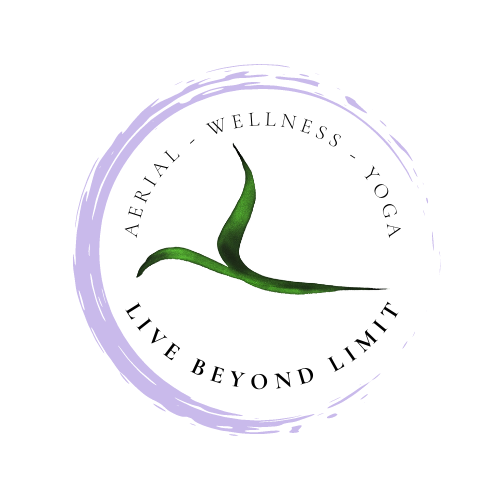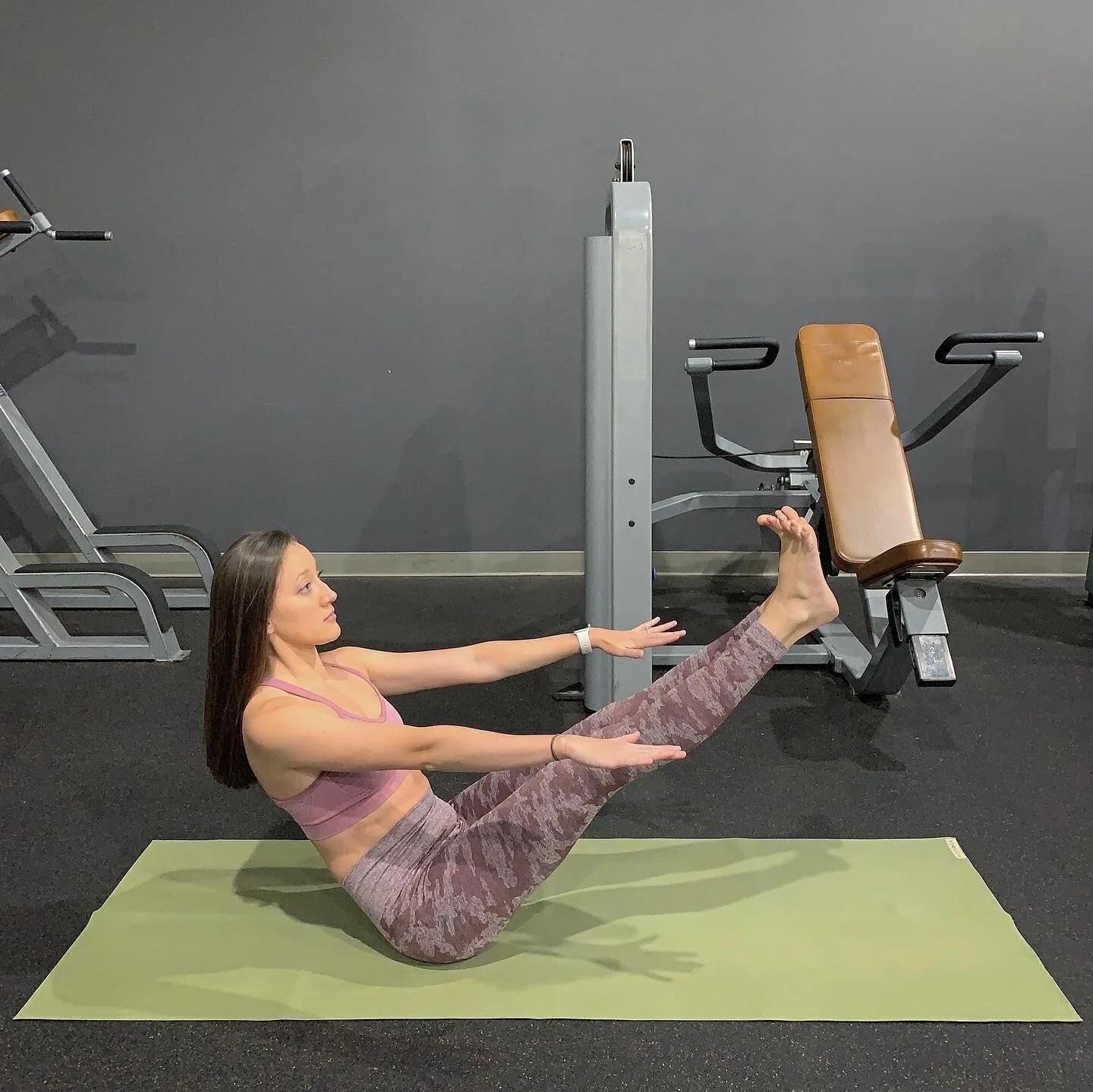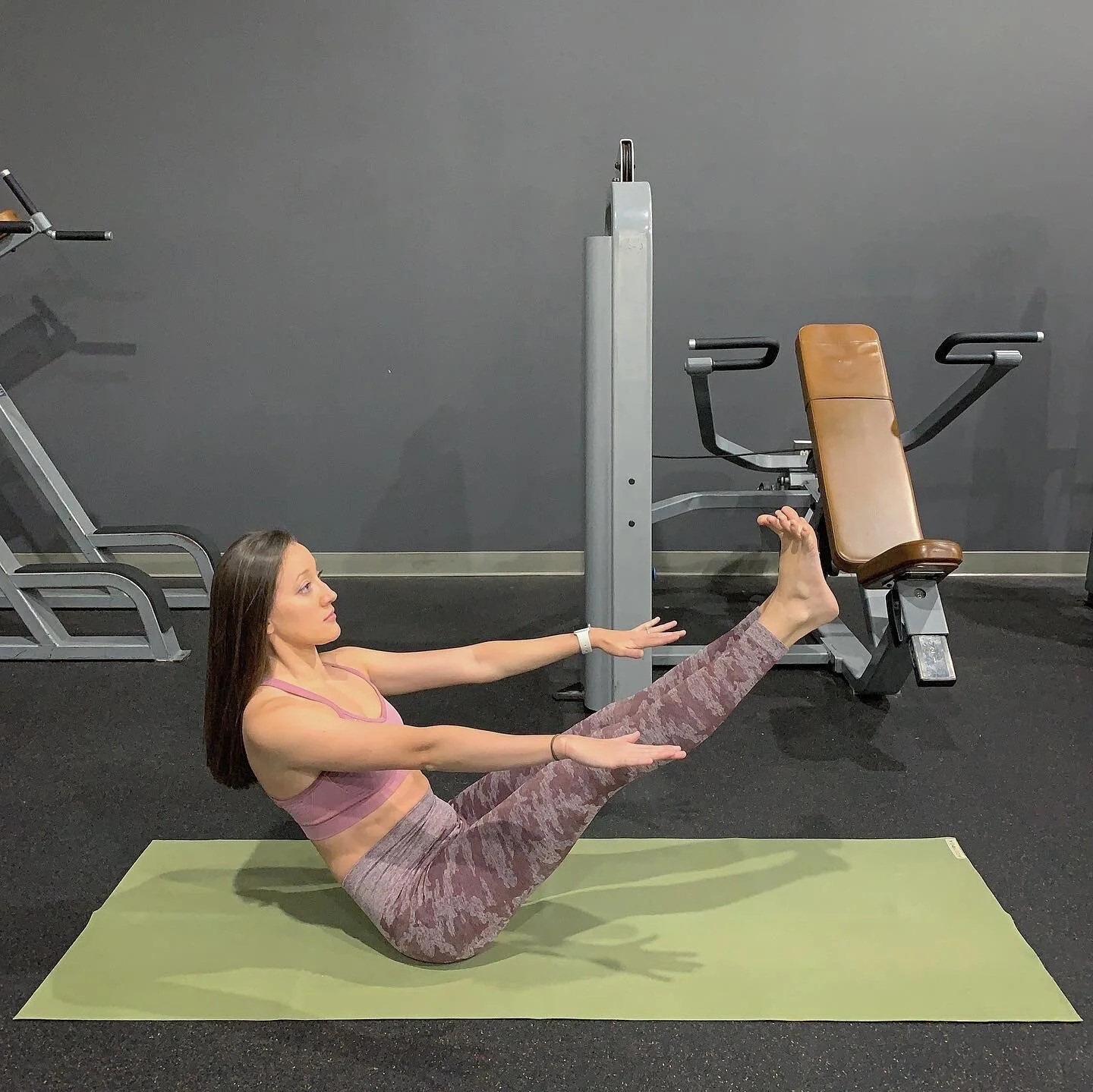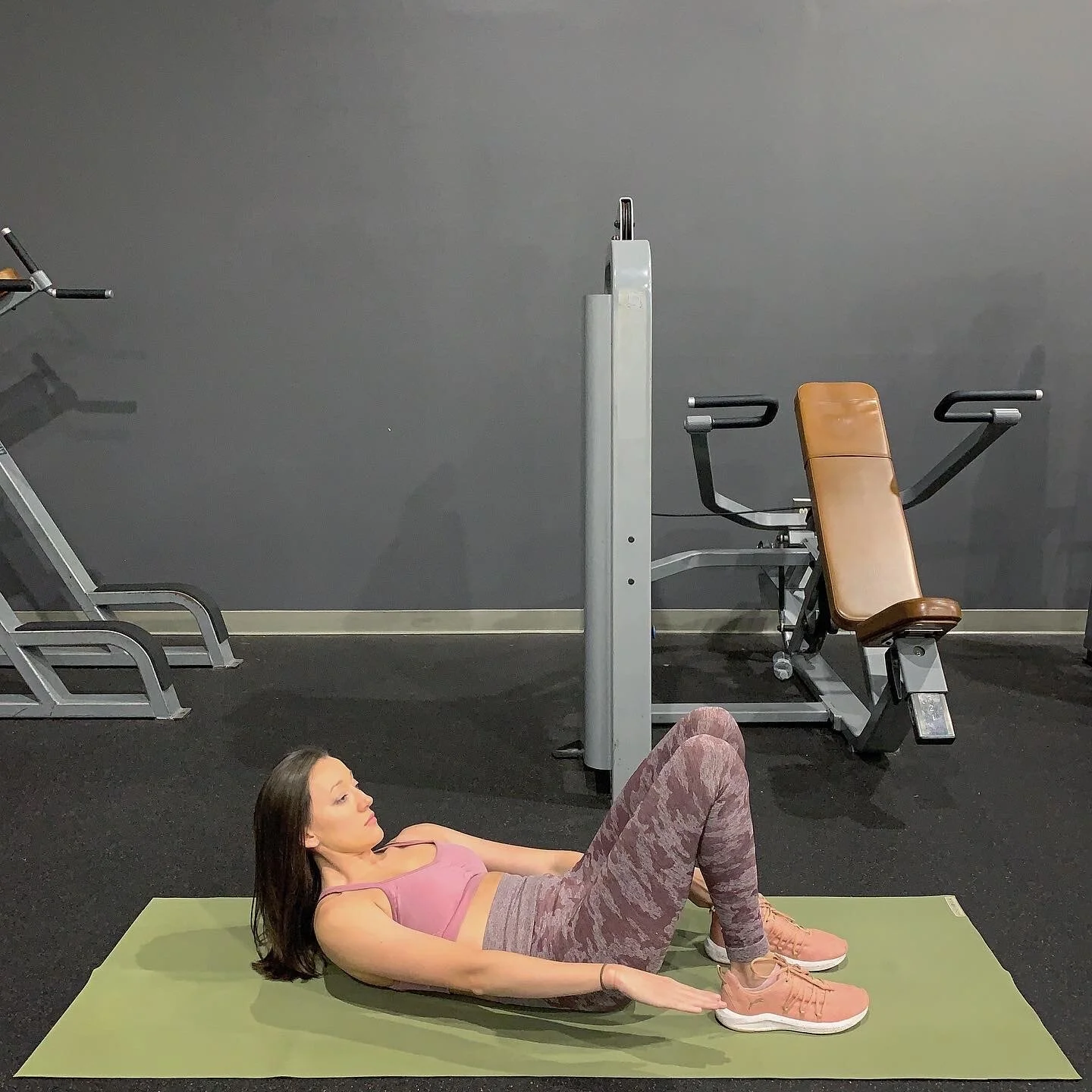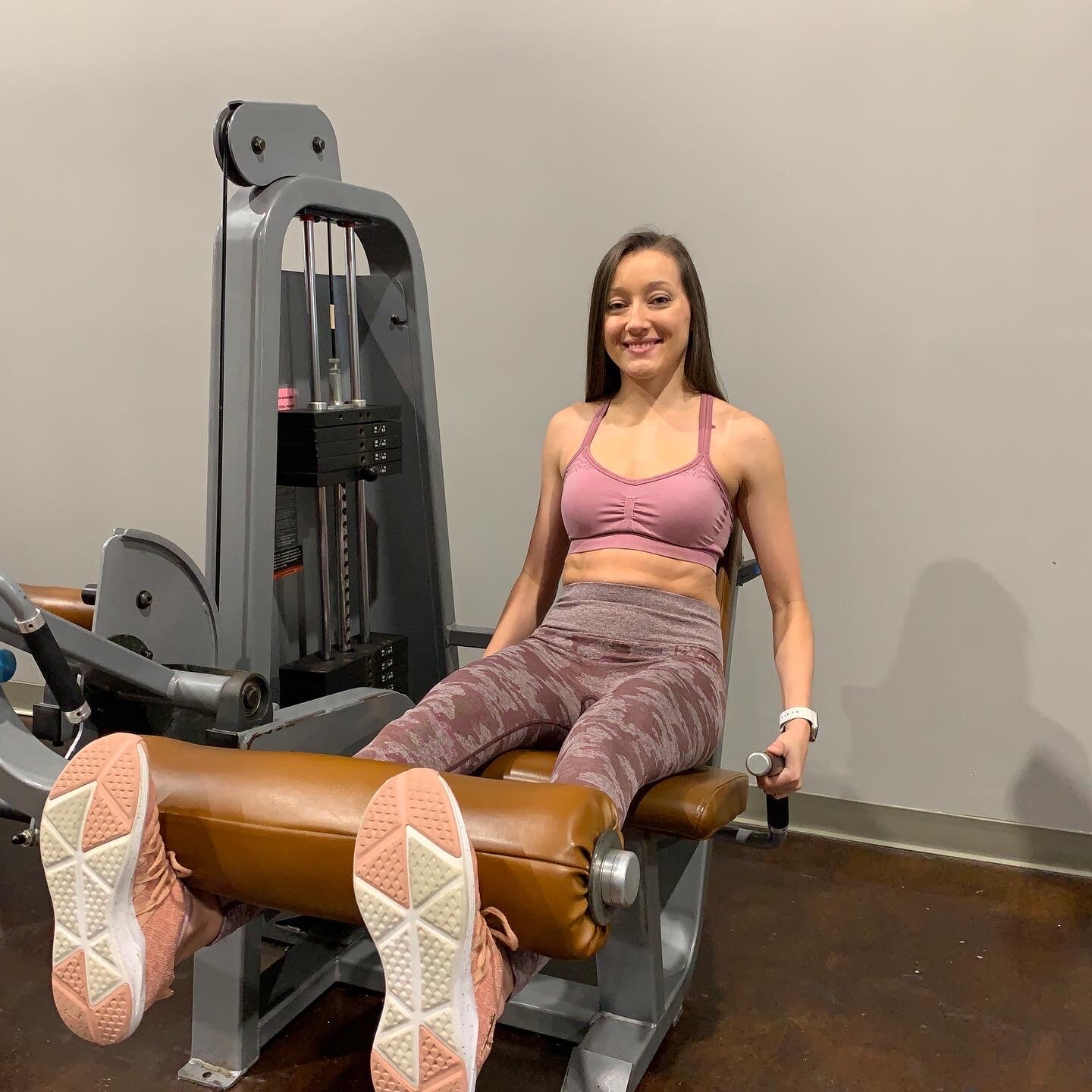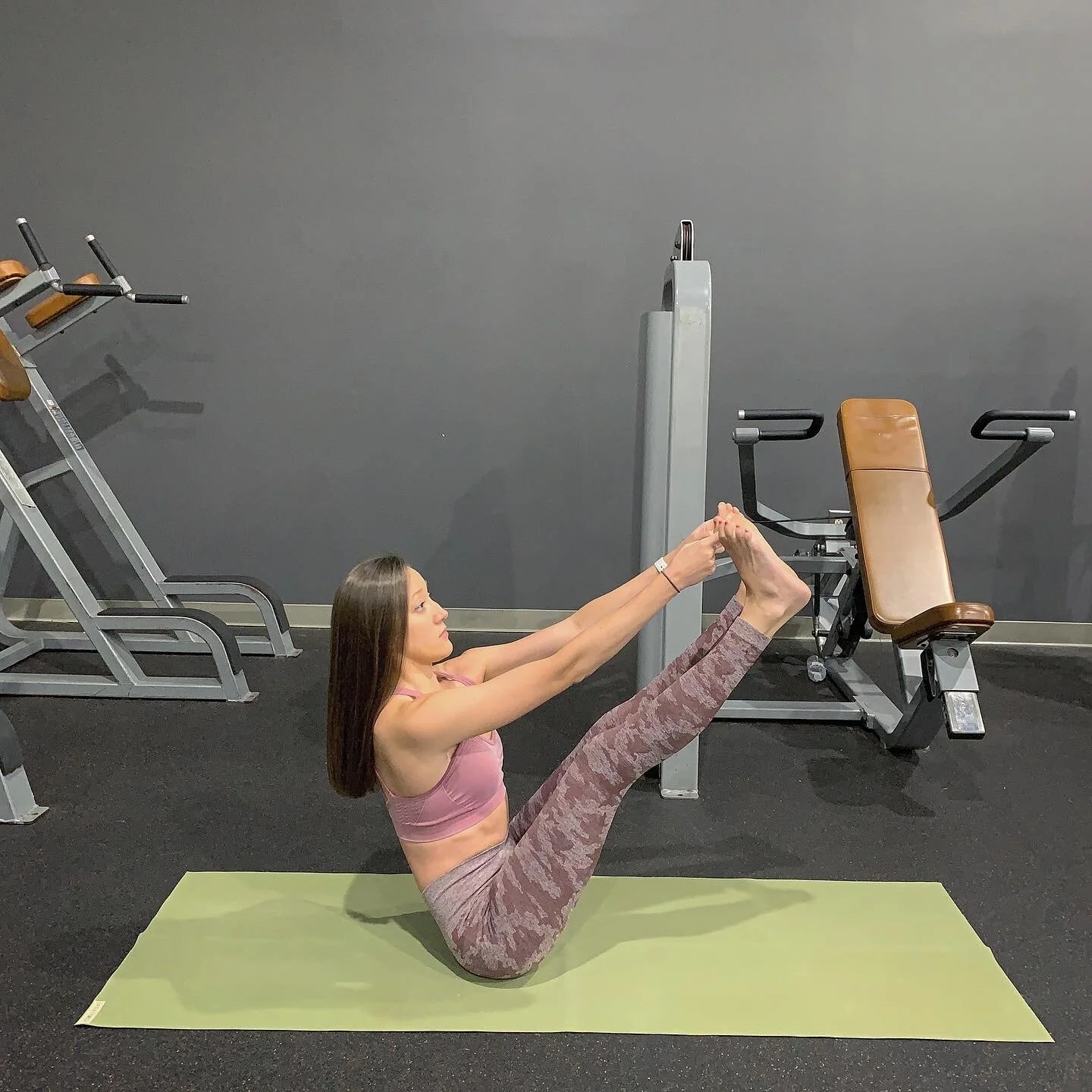Boat Pose, or Navasana as it is known in Sanskrit, is a beautiful and challenging yoga pose that is often incorporated in a yoga class. Boat pose will test your balance, your breath, and your strength. I am sure you’ve already tried this pose and this is not new information for you. But do you know what muscles you need to hone to really get the most out of this pose?
Today, I want to offer you some gym tips that can help you understand some of the primary muscles that you use in boat pose, and maybe this information will help you see improvement in your asana, if this is something you are in search of. Boat pose requires a lot of abdominal and hip flexor strength to keep yourself upright and lift your legs up long and strong. If you want to see improvement in your boat pose a few simple movements you can do in the gym to boost your boat pose are:
Alternating Heel Touches
Bridge Pulses with a yoga block
Quad Extensions
Hanging Leg Raises
Below is a visual example of these exercises and a brief summary for you to explore in the gym. When in doubt, always work with a professional to make sure you explore these safely for your body and health.
Alternating Heel Touches-
Start on your back with your feet and knees hip distance apart. Place your feet as close to your butt as you can. Lift your shoulders and upper back off the ground while directing your gaze towards your knees, tuck your chin slightly to take the tension out of your neck. Lengthen your arms out at your sides and raise them a couple of inches off the ground. Your core will fire on here in this crunch position, gently draw your belly button in and up.
Stay here and begin to twist from side to side using your obliques to reach your left index finger to touch your left ankle and then repeat on the other side. Be sure to keep your upper back and shoulders lifted off the ground and your core tight the whole time. This exercise will really target and turn on your rectus abdominis and your obliques.
Bridge Pulses with a yoga block-
Start with your feet and knees hip distance apart and have your feet positioned close to your butt. Squeeze a yoga block in between your knees and press into the heels to lift the hips. Keep your shoulders on the ground here and really lift using your hip flexors and your glutes to get as high as you can. Then slowly lower and lift for repetitions of 8-10 for sets of 2-3. Make sure to continually squeeze the block with your knees to activate your hip flexors. You will really feel the quads and adductors burn here which are two of the muscles that make up your hip flexors.
Quad Extensions-
This quad extension machine is available in most gyms. Your quads are one of many muscles that make up your hip flexors. To use this machine you simply position the seat to a comfortable position, choose a weight that is suited for you and hook your feet under the padded bar at the base of the machine. You hold the handles at the sides and activate your quads by slightly lifting your kneecaps then straighten your legs as fully as you can by propelling the bar upward using the strength your quad muscles. The quads are a big factor in getting your legs straight in boat pose.
Hanging Leg Raises-
This piece of equipment can be found in most gyms. You place your elbows and forearms on the padded arm rests and grip the handles. Press your back into the back rest and gently squeeze your bellybutton in and up to activate your core. Lift your kneecaps slightly to activate your quads so your legs are long and strong and not just dangling. Using your core and hip flexors try to keep the legs straight and raise them straight up until you are in the shape of a capital L.
Then slowly lower back down while keeping the core active as shown in the first photo. Don’t let your legs drop down behind you or you lose core contraction. Be sure that you don’t swing the legs up and down using momentum either. Ensure you lift and lower your legs slowly and with control. This will ensure that your core and hip flexors are doing the lifting and not the momentum of your swinging legs.
Try practicing these exercises a couple of times per week for a few weeks and see if you don’t notice an improvement in your Boat Pose. Feel free to step outside of your comfort zone and play with some Boat Pose variations as well.
Take a photo of yourself now and again in two or three weeks after practicing these exercises to have a visual of your progress.
I hope these tips and exercises are helpful to you in your boat pose journey.
-Namaste
